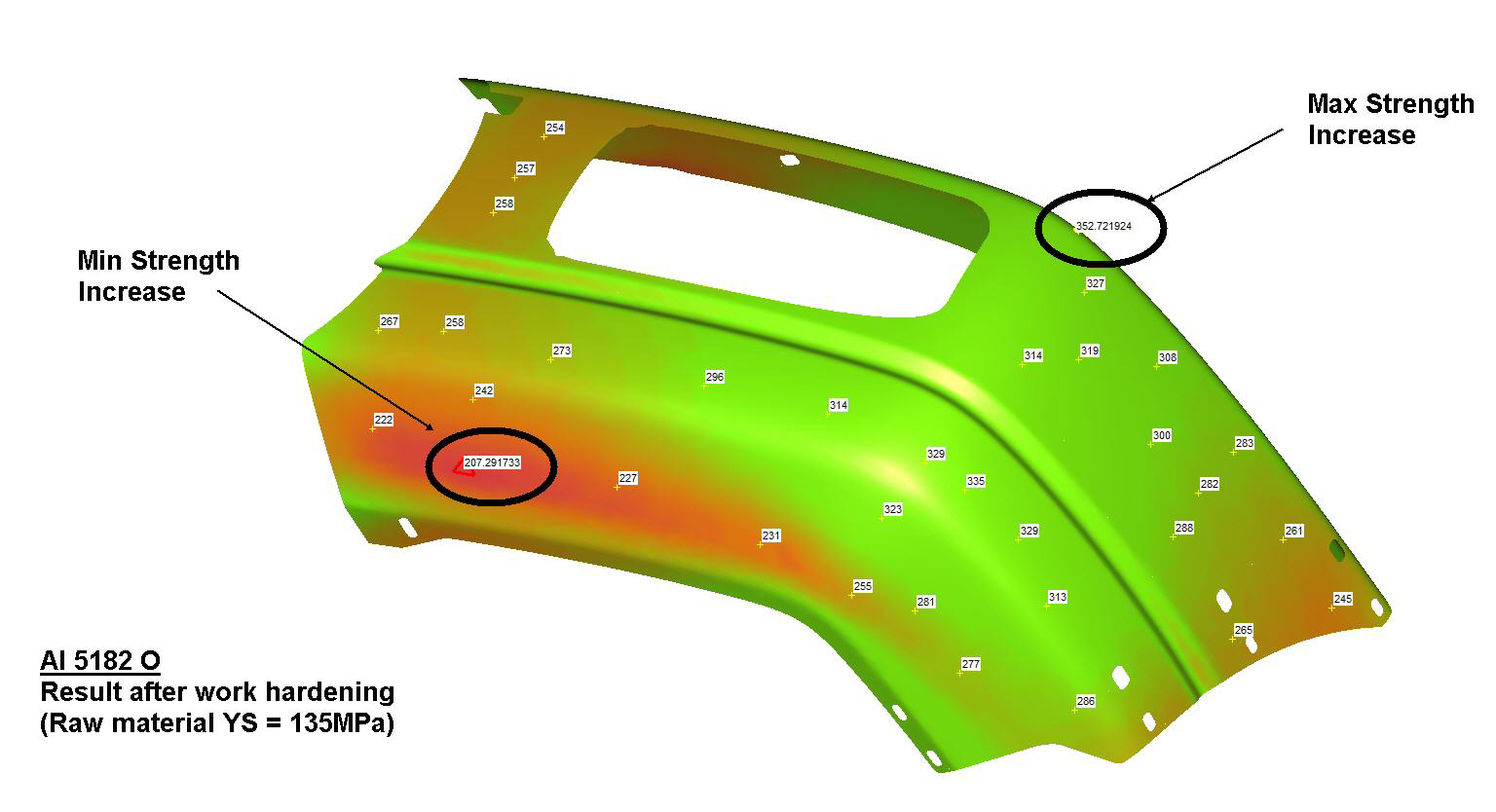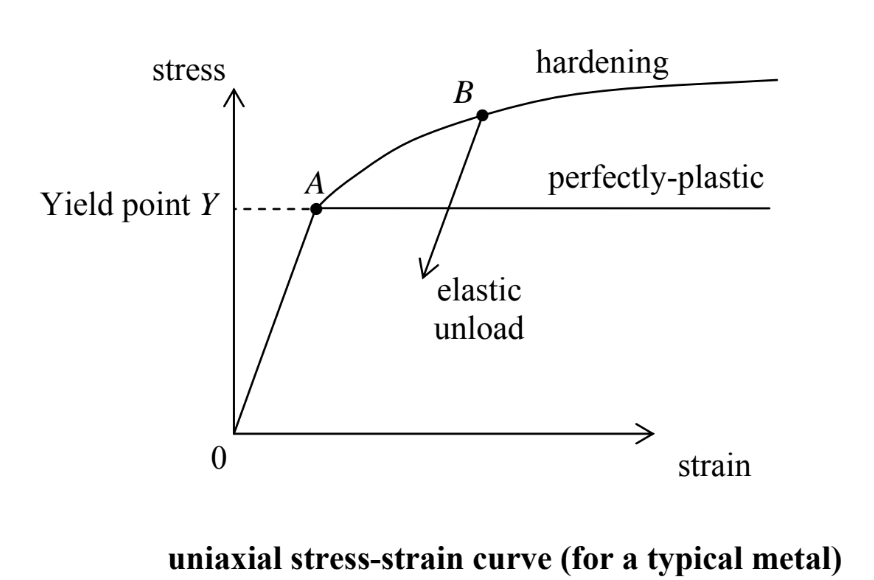Choosing the Best Material for Your Product Through Structural Simulations
Contents
Whether developing new products or redesigning existing ones, there are fundamental differences, and also a few similarities. For instance, one similarity between the two is the necessity of choosing the best material to make sure a product works properly and that there are no flaws in the design; however, building a set of different prototypes and physically testing is no longer a practical option–usually, because it’s too expensive or time-consuming. There is now an alternative to manual testing: structural simulation. In this article, we explain the importance of choosing the right material and how structural simulations can help you save time and money while making the right choice.
 What is the change in material strength during the forming process?
What is the change in material strength during the forming process?
Choosing the correct material grade and strength for a structural part is critical. But many traditional methods do not consider the change in material strength during the forming process. The original material strength is easily understood, but simulations can be performed from the base data to confirm whether a structure will remain safe, or not.
The base material (before forming) is easily understood by published values such as Yield Strength and Tensile Strength. A structure is deemed to be “safe” if the load placed on the structure results in equivalent stresses that are less than the Yield Strength of the material. If the equivalent stresses are less than the Yield Strength of the material, then no permanent deformation occurs and any deflection in the structure returns to zero (or very close to zero).

If the equivalent stresses (caused by a given load) are half the Yield Strength, for example, then a “Safety Factor” may be calculated as 2.0, meaning that the structure is twice as “strong” as it needs to be. Failure is usually considered to be a load that causes permanent deformation, and when equivalent stresses are greater than the Yield Strength. Complete failure occurs at stress values past the Tensile Strength.
All of the above is easily calculated for constant sections of steel (such as angle iron, rolled hollow steel sections, c-sections, round tubes, sheet, and plate etc). Furthermore, the calculations are rather routine for shapes with constant material thickness.
Now consider a formed or stamped structural steel product. Think about the load the stamped sheet metal part is designed to take, rather than the sheet metal forming process. What is the strength of the sheet metal part, after it has been formed, drawn, bent, or shaped? Can the structural load still be applied safely once the part is formed to its final shape?
Advanced Structural Simulation
Using advanced simulation, StampingSimulation can consider the changes in material strength and thickness, and apply structural loads assessing whether the part will perform as required. Because of the “work hardening” (think strength, rather than hardness) most formed sheet metal products will increase in performance if deep drawn in a way such that “work hardening” is maximized over the entire area of the part.
In fact, a deep drawn sheet metal product may be optimized to be thinner (and therefore lighter) once the “work hardening” (strengthening) effect is factored into calculations. An experienced and skilled designer who uses simulation can design a lighter, stronger product when advanced structural simulations are used in the design phase. The end result is a cheap, efficient product that otherwise may have been “over-engineered”.
Learn More
Interested in learning more about what is possible with advanced forming simulation software? Take a look at a few of our case studies and see what’s we’ve accomplished for our clients.
